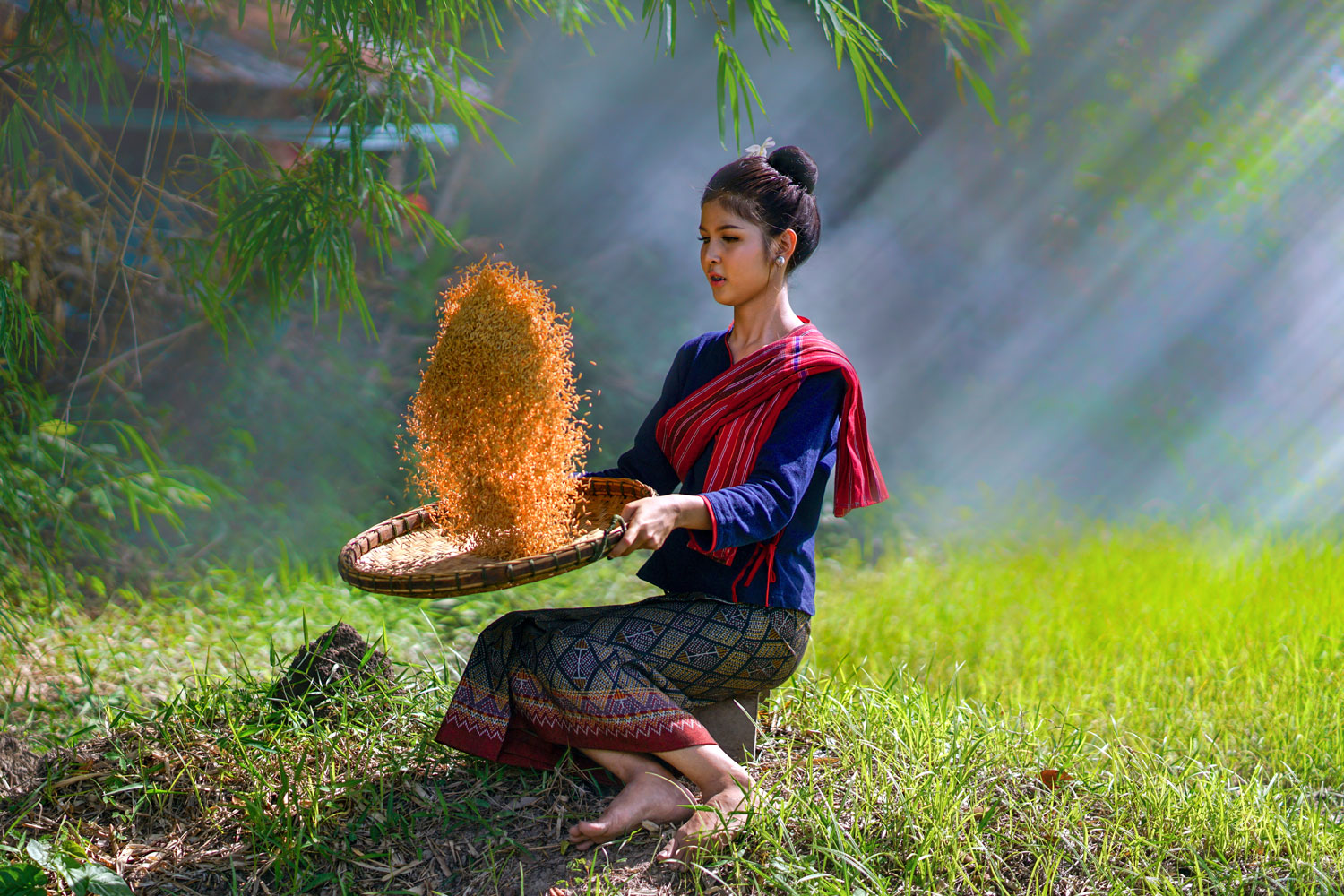There are many theories about the early cultivation of rice, but the most popular one says that rice farming (scientific name: Oryza Sativa) begun in China, near the Yangzte river around 2500 BC, and then spread to other countries, such as India, Japan, Korea, Sri Lanka, and later to America, Greece and Australia.
Indian archaeologists disagree. According to them, rice cultivation in India started long before China. Some studies suggest that rice cultivation first took place during the Indus Valley Civilization and then reached China and other nations. Researchers believe the people of the valley were able to maintain a sustainable culture of rice cultivation and implemented multiple strategies over the seasons, allowing rice to spread around the world.
What is worth knowing, is that Asian rice is one of the oldest types of crops that have been found in the world. Some historians believe that the Indica type of rice was first found in northeastern India, in the foothills of the Himalayas, and that the Japonica type of rice was "domesticated" from wild rice in Southern China, which was later introduced into India.
A version that is particularly relevant to us in Greece is that when Alexander the Great went to India between 327 and 344 BC, he took this amazing grain back to Greece. It is believed that after this, rice gradually spread throughout Europe and North Africa.
Today, the majority of rice produced comes from China, India, Indonesia, Thailand, the Philippines and Japan. Bali rice is a globe trotter, because it comes from excellent quality blends from all over the world.

